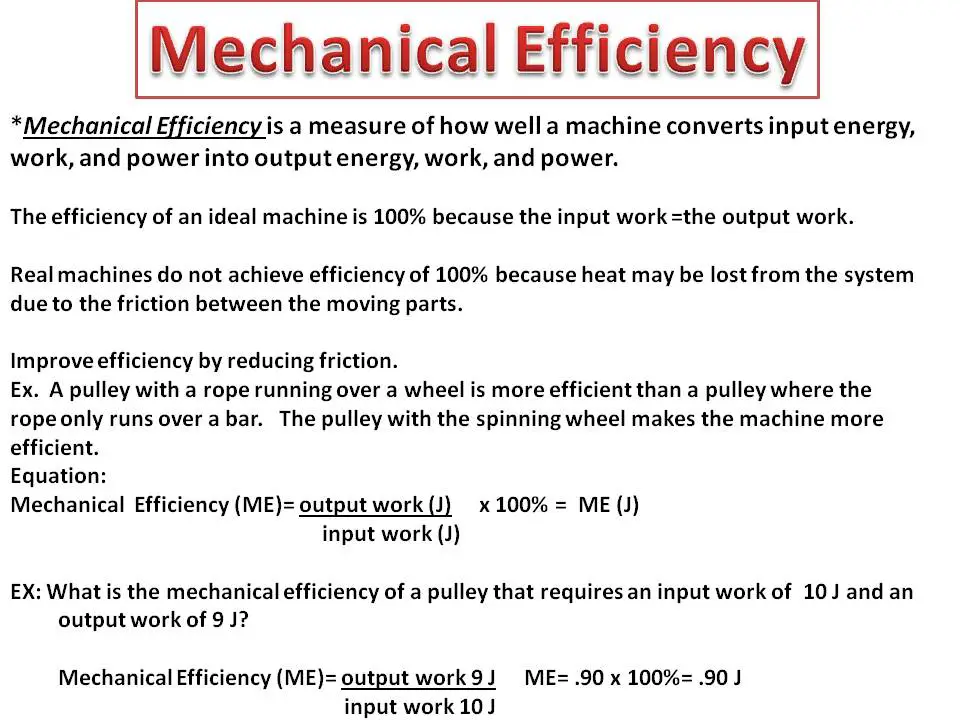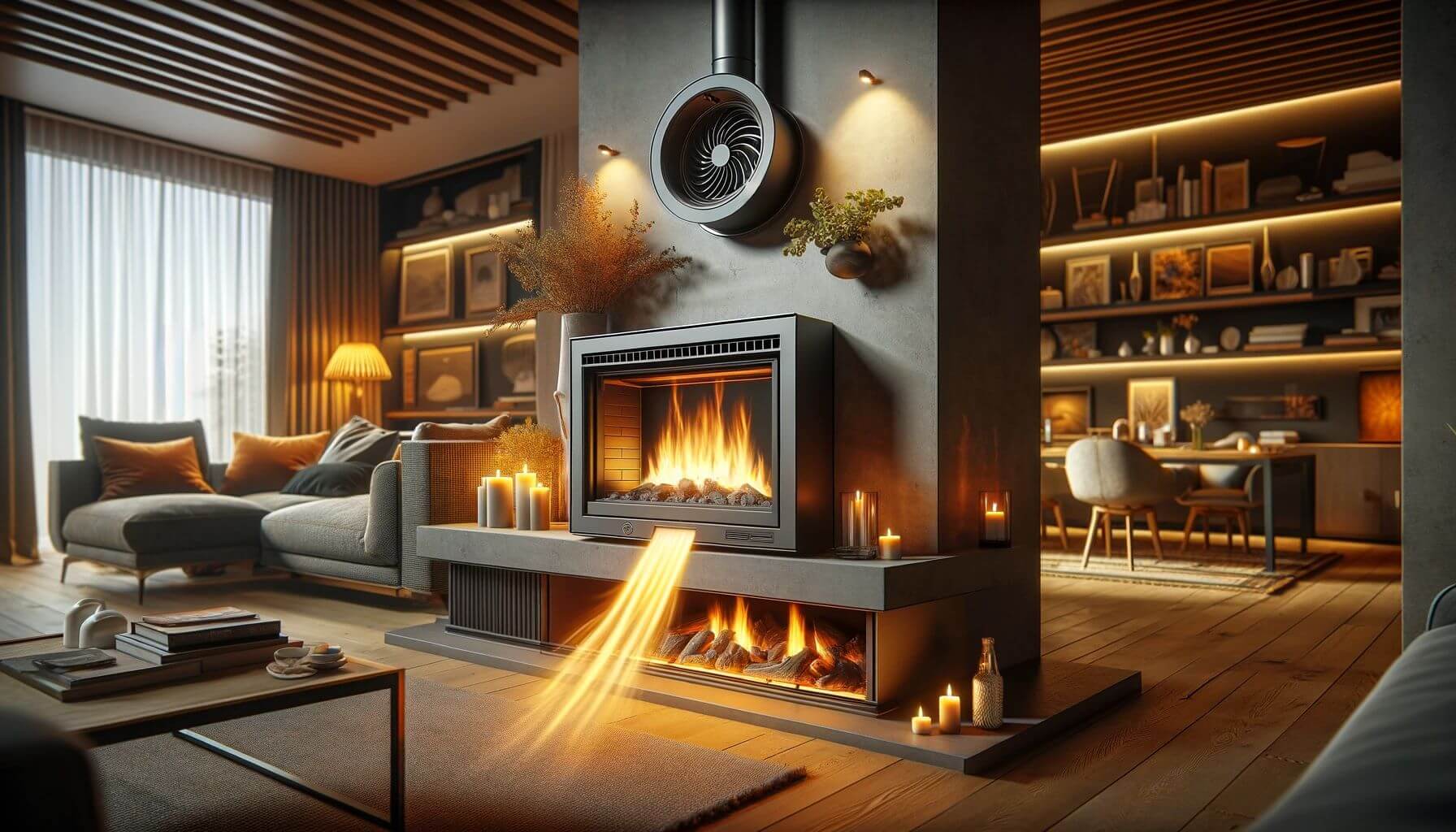A fireplace works by radiating heat through flames and coals, warming objects and people in the room. While a fireplace can add warmth to a space, it’s not enough to heat an entire home efficiently.
Fireplaces can draw heat out of the house due to oxygen intake and open dampers. It’s essential to maintain proper airflow for safety and efficient heating. By understanding how fireplaces work and their limitations, homeowners can enjoy the cozy ambiance while managing heating efficiency effectively.
Regular maintenance, proper usage, and awareness of the fireplace’s heating capacity are essential aspects of owning and operating a fireplace.


Credit: m.facebook.com
The Anatomy Of A Fireplace
Components Of A Fireplace
- Flue
- Hearth
- Fireplace mantel
- Lintel
- Damper
- Corbel
Types Of Fireplaces
- Gas Fireplace
- Wood-burning stove
- Electric fireplace
- Fireplace insert
- Ethanol fireplace
- Outdoor fireplace
How does a fireplace keep the room warm? A traditional fireplace heats by radiation — the flame and hot coals send out rays that strike objects or people in the room and speed up their molecules, thereby warming them up.
Does a fireplace heat the whole house? While indoor fireplaces can add warmth to a space, it’s not capable of producing enough heat to warm up an entire home.
Do you need to open a window when using a fireplace? Use a fireplace for a short-duration fire — no longer than five hours. Keep the glass open to allow air to be drawn up to cool the chimney, but keep the screen closed to prevent sparks from jumping onto the carpeting.
How A Fireplace Warms A Room
To warm a room, a fireplace emits heat through radiation, causing molecules to speed up and objects to warm. Convection is also at work, though fireplaces may be inefficient. While they add warmth to a space, they may struggle to heat an entire home or can draw heat out of the house.
Considerations like maintaining airflow and using a fireplace screen can optimize its warmth without affecting the overall temperature of the house.
Radiation And Convection
A fireplace warms a room through radiation and convection. The flame and hot coals emit rays that heat up objects and people in the room, raising their temperature.
Efficiency Of A Fireplace
Despite the warmth it provides, a fireplace can be inefficient due to the convection process. It may struggle to evenly distribute heat across a large area, like an entire house.
Limitations Of Fireplace Heating
While a fireplace provides warmth and enhances the ambiance of a room, it comes with limitations when it comes to heating a living space effectively. Understanding these limitations is crucial for optimizing the fireplace’s functionality.
Heating The Entire House
A fireplace, especially indoor fireplaces, may not be able to adequately heat an entire house. The heat from the fireplace may struggle to reach distant rooms, especially if the fireplace is located at one end of the home. Circulating the warmth throughout the entire house becomes a challenging task. As a result, additional heating sources are often required to maintain comfortable temperatures in various areas of the house.
Impact On Indoor Air
Usage of a fireplace can have a significant impact on indoor air quality. The combustion process releases pollutants and particulate matter into the air, which can lead to reduced air quality and potential health issues. Additionally, inadequate ventilation can exacerbate the situation by trapping these pollutants indoors, affecting the respiratory health of occupants. Proper maintenance and ventilation are essential to mitigate these adverse effects and ensure a healthier indoor environment.
Fireplace Maintenance And Safety
To understand how a fireplace works, it’s essential to know that it heats a room through radiation, where the flames and coals emit heat rays that warm objects. However, the inefficiency of fireplaces is due to the convection principle at play, limiting their ability to heat an entire house effectively.
Proper maintenance and safety measures, such as opening a window for airflow, are crucial for using a fireplace efficiently and safely.
Proper Fireplace Usage
When it comes to enjoying a cozy and warm ambiance during the chilly winter months, a fireplace can be a perfect addition to your home. However, it’s crucial to understand the proper usage of a fireplace to ensure both safety and efficiency. Here are some essential tips for using a fireplace:
- Always have a fire screen in place to prevent sparks from jumping onto the carpeting and causing accidents.
- Use dry and seasoned firewood to minimize smoke and increase the efficiency of your fireplace.
- Keep the glass doors open while burning a fire to allow air to cool the chimney, but make sure to keep the screen closed for safety.
- Avoid overloading the fireplace with too much wood, as it can lead to excessive smoke and potential chimney issues.
By following these simple guidelines, you can enjoy a warm and cozy fire in your fireplace while maintaining safety and efficiency.
Impact On Indoor Air
While a fireplace can create a cozy and inviting atmosphere, it’s essential to be aware of its potential impact on indoor air quality. Here are a few things to consider:
- Smoke and particles emitted from a fireplace can contribute to poor indoor air quality, especially if the chimney is improperly maintained.
- Regular chimney inspections and cleanings are key to preventing the buildup of soot, creosote, and other harmful substances that can contaminate the air in your home.
- Installing a carbon monoxide detector near your fireplace is crucial to alert you in case of any toxic fumes.
- Ensure proper ventilation in the room by opening windows or using a fan to help circulate fresh air.
By taking these precautions and maintaining your fireplace and chimney, you can enjoy the cozy warmth of a fire while ensuring the air quality in your home remains healthy.
The Mechanics Of A Gas Fireplace
A gas fireplace operates by igniting gas fuel within a closed combustion system, producing heat efficiently. The flames heat up a heat exchanger, which warms the air that is then blown into the room. Advanced models can be controlled remotely for convenience.
Draft Creation
A gas fireplace is a popular choice for homeowners looking to add warmth and ambiance to their living space. Understanding the mechanics of how a gas fireplace works can help you appreciate the craftsmanship and engineering that goes into creating a cozy fire experience. In this section, we will explore the various components and processes that make a gas fireplace function seamlessly.The Workings Of A Gas Fireplace
Draft Creation
To truly understand the mechanics of a gas fireplace, it is essential to first grasp the concept of draft creation. Draft creation is a crucial process that ensures the continuous flow of fresh air into the fireplace while expelling combustion byproducts and smoke. It is this draft that allows the fire to burn efficiently and safely. To create a draft, gas fireplaces utilize a venting system, which can be categorized into two main types: vented and vent-free. In a vented gas fireplace, the combustion gases are expelled through a chimney or a dedicated venting system. On the other hand, vent-free gas fireplaces do not require external venting as they utilize a sealed combustion system that removes waste products directly into the room.The Workings Of A Gas Fireplace
The mechanics of a gas fireplace involve several key components that work together to generate heat and create the mesmerizing flame effect. Let’s take a closer look at each of these components: 1. Gas Supply: A gas fireplace relies on a steady supply of natural gas or propane to fuel the flames. This gas supply is connected to the fireplace through a gas line that usually runs from the main gas source within the house. 2. Ignition System: When you want to ignite the fireplace, the ignition system comes into play. This system can be either electric or manual, allowing you to easily start the fire whenever desired. 3. Burner: The burner is responsible for distributing the gas evenly across the fireplace. It consists of small holes or ports, allowing the gas to flow out and create a uniform flame pattern. 4. Flames: Once the gas is released from the burner, it comes into contact with the air. The mixture of gas and air then ignites, resulting in a beautiful flame display that radiates both light and heat. 5. Logs or Fire Media: To enhance the aesthetic appeal of the fireplace, gas fireplaces often feature realistic logs or fire media. These decorative elements are strategically placed to resemble a traditional wood-burning fire, adding a touch of authenticity to the overall experience. 6. Venting System: As mentioned earlier, the venting system is crucial for expelling combustion byproducts and smoke. It ensures that the indoor air quality remains safe by preventing the buildup of harmful gases within the living space. 7. Controls: Gas fireplaces are equipped with various controls to allow users to adjust flame height, heat output, and even fan operation. These controls may include remote control operation, wall switches, or manual knobs, providing convenience and customization options. Understanding the mechanics of a gas fireplace not only enables you to appreciate the engineering behind it but also ensures proper operation and maintenance. By knowing how each component works together, you can make the most of your gas fireplace and create a cozy atmosphere in your home.
Credit: gwsmasonry.com

Credit: www.amazon.com
Frequently Asked Questions Of How Does A Fireplace Work
How Does A Fireplace Keep The Room Warm?
A fireplace keeps the room warm through radiation and convection, which speeds up the molecules of objects and people in the room. However, it can’t heat an entire home. Fireplaces draw in air and can pull heat out of a house.
It’s best to use for short fires.
Does A Fireplace Heat The Whole House?
No, a fireplace does not heat the whole house. It mainly heats the space it is in and struggles to circulate heat to other rooms.
Do You Need To Open A Window When Using A Fireplace?
No, it is not necessary to open a window when using a fireplace. However, it is recommended to keep the glass open to allow air to cool the chimney and prevent sparks from jumping onto the carpet. Keeping the screen closed is important for safety.
Do Fireplaces Draw The Heat Out Of A House?
Fireplaces can draw heat out of a house as they need oxygen to survive and pull heated air. When you open the damper, it’s similar to opening a window, letting heat escape. However, they aren’t capable of warming up an entire home and are more about adding warmth to a specific space.
How Does A Fireplace Keep The Room Warm?
A traditional fireplace heats by radiation, sending out rays that strike objects in the room and speed up their molecules, warming them up.
Conclusion
Understanding how a fireplace works is crucial for safe and efficient use. The process involves a combination of radiation and convection to warm the room. However, it’s important to note that a fireplace may not be sufficient to heat an entire home.
Proper maintenance and ventilation are also key factors for safe and effective use.